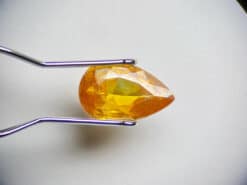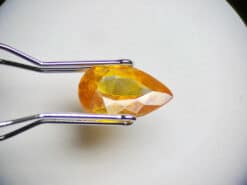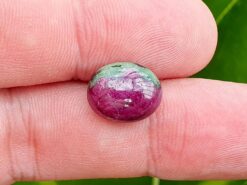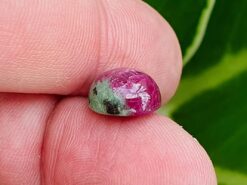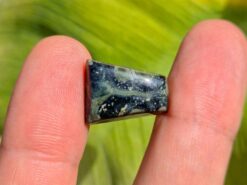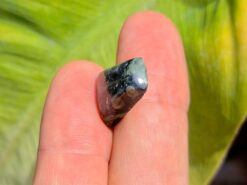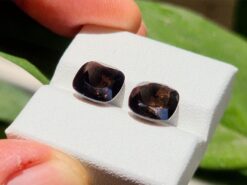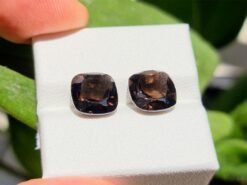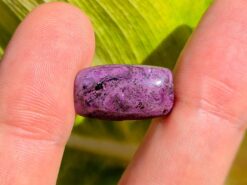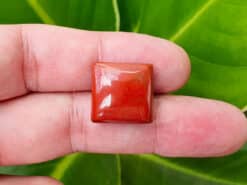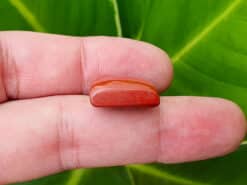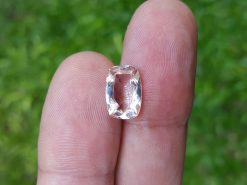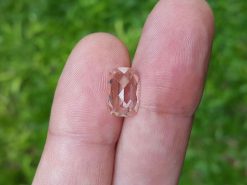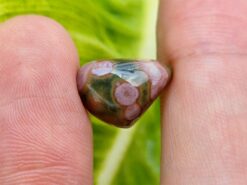Dumortierite
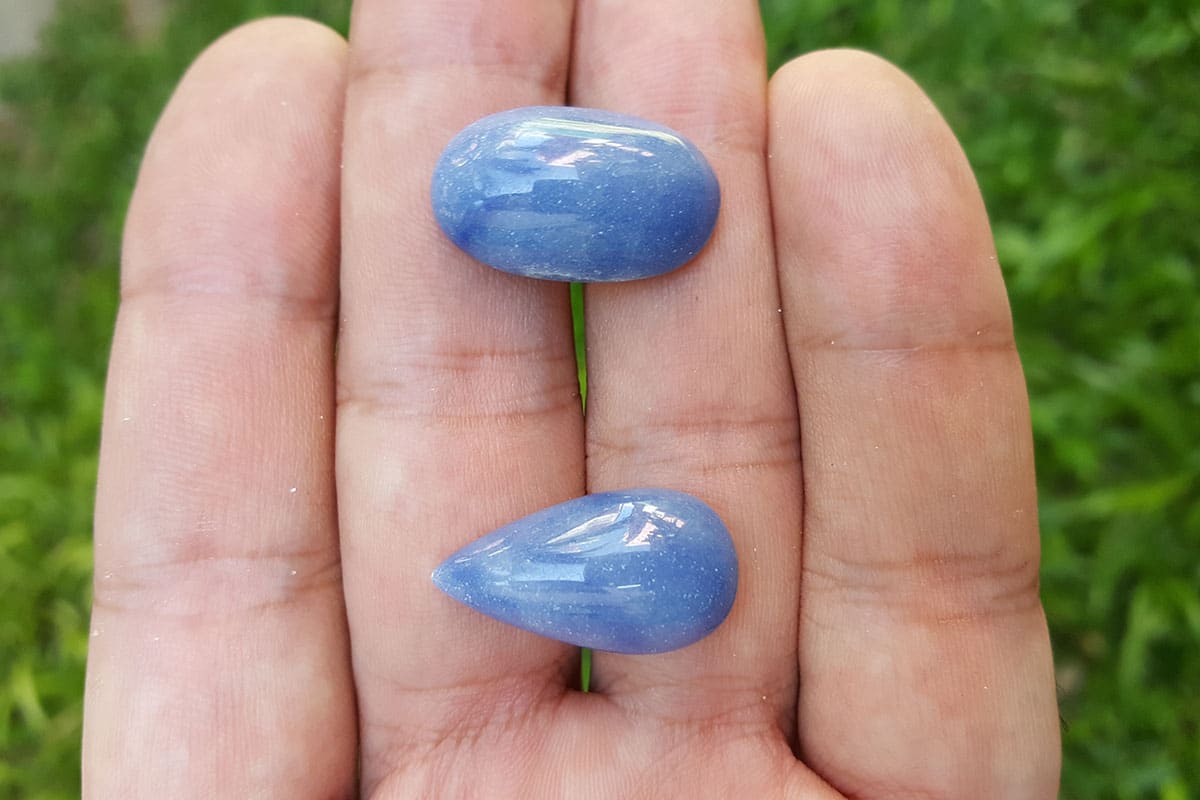
Blue dumortierite crystal quartz stone meaning
Buy natural gemstones in our shop
Dumortierite is a fibrous variably colored aluminium boro-silicate mineral, Al7BO3(SiO4)3O3. it crystallizes in the orthorhombic system typically forming fibrous aggregates of slender prismatic crystals. The crystals are vitreous and vary in color from brown, blue, and green to more rare violet and pink.
Substitution of iron and other tri-valent elements for aluminium result in the color variations. It has a Mohs hardness of 7 and a specific gravity of 3.3 to 3.4. Crystals show pleochroism from red to blue to violet. Dumortierite quartz is blue colored quartz containing abundant inclusions.
Dumortierite rock type
Igneous, Metamorphic
It was first described in 1881 for an occurrence in Chaponost, in the Rhône-Alps of France and named for the French paleontologist Eugène Dumortier (1803–1873).[4] It typically occurs in high temperature aluminum rich regional metamorphic rocks, those resulting from contact metamorphism and also in boron rich pegmatites.
The most extensive investigation on that stone was done on samples from the high grade metamorphic Gfohl unit in Austria by Fuchs et al. (2005).
An attractive blue
Dumortierite often forms in an attractive blue color and can be used as an ornamental stone. Though it is most commonly perceived as blue, especially in lapidary use, other colors include purple, pink, gray and brown. Some specimens are composed of dense fibers, giving them a tough durability.
this gemstone often forms as inclusions in Quartz, and this combination results in a natural blue Quartz gemstone. These are known in the gemstone market as “Dumortierite Quartz” and they are becoming increasingly popular as a minor blue gemstone
It is used in the manufacture of high grade porcelain. It is sometimes mistaken for sodalite and has been used as imitation lapis lazuli.
Sources of stones include Austria, Brazil, Canada, France, Italy, Madagascar, Namibia, Nevada, Norway, Peru, Poland, Russia and Sri Lanka.
Dumortierite quartz crystal stone meaning and healing properties benefits
The following section is pseudo scientific and based on cultural beliefs.
Dumortierite is an excellent stone for patience and calm in difficult situations. Dumortierite works with the throat chakra and the third eye chakra. A stone of communication, it also stimulates verbalization of ideas. It promotes an understanding of the natural order of the universe.
Dumortierite chakra
Opens and balances the throat chakra. It eases self effacement, shyness and stage fright. It enhances the ability to speak out and in speaking up for what you know to be real and true. Blue stones fosters feelings of security, inner peace and certainty. This stone clears the throat and calms the mind.
Dumortierite, from Madagascar
FAQ
What is dumortierite good for?
It is an excellent stone for patience and calm in difficult situations. The stone works with the throat chakra and the third eye chakra. A stone of communication, it also stimulates verbalisation of ideas. It promotes an understanding of the natural order of the Universe.
Where do you put dumortierite?
Place your crystal on top of a Selenite slab or on Selenite clusters to cleanse and charge it.

